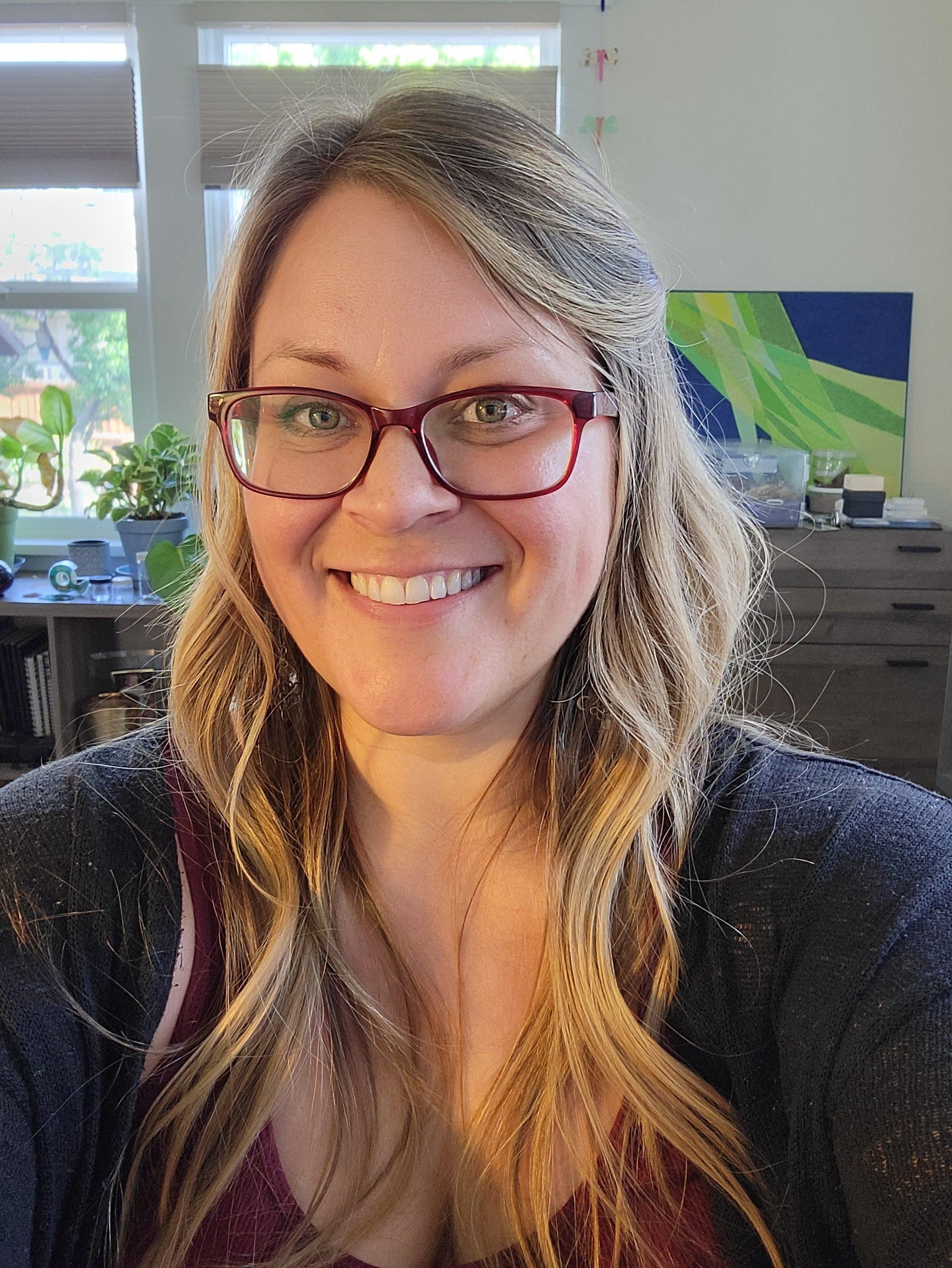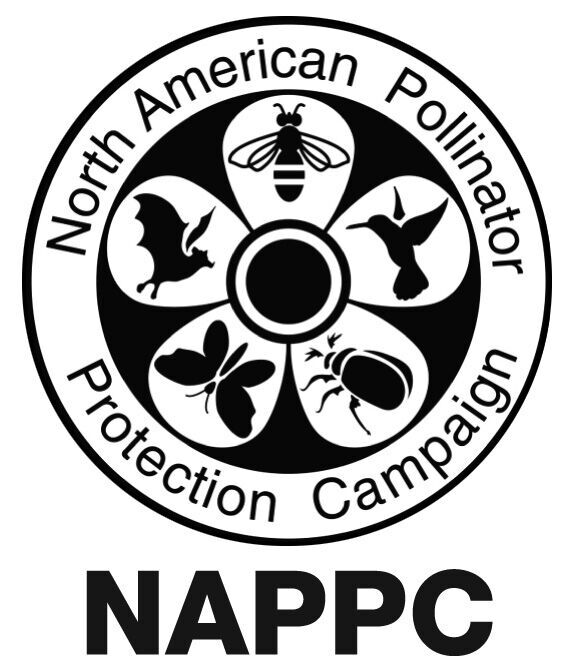Amanda Barth - Utah's Pollinator Pursuit initiative
Food, spices, oils and fibers – pollinators excel at making these items possible. The complexity of the pollinator world is astounding because of the roles they play and their vitality to healthy ecosystems. We celebrate these achievements through the incredible people and projects that are working to conserve pollinators. We hope these stories encourage and empower you to better understand who our pollinators are and what actions you can take to help them.
This Pollinator Conservation Spotlight shines on Amanda Barth. She is the rare insect conservation project leader and a lead for Utah's Pollinator Pursuit initiative. Amanda Barth also leads regional pollinator working groups and carries her passion for pollinator research into community science efforts in Utah.

Q: How did your pollinator conservation work start?
A: I am the rare insect conservation coordinator. Previously, no one was working with rare insects in Utah. Utah State University created my position to collaborate with the Utah Department of Natural Resources, and other state wildlife and federal partners. Through this position, I developed the Rare Insect Conservation Program. I lead the program’s regional pollinator working group called the Western Monarch and Native Insect Program.
Q: What got you interested in or inspires you about pollinators?
A: Way back in undergrad, I was in an ecology course at the University of Arizona. My senior year, I did an independent study in the social insects’ laboratory. I worked with bumble bees to better understand how they allocate tasks. I absolutely fell in love with looking at bumble bees and I have been captivated by bees ever since! They are so vital to pollination.
Q: What are the primary goals of the Utah Pollinator Pursuit?
A: The main goals are to develop a conservation roadmap. We research pollinator species with the goal of recovery and keeping species off the federal or state endangered lists. We gather information about specific species’ threats and habitat needs. We use the research to make conservation recommendations to be incorporated into state conservation planning.
Q: What is the target audience for your work?
A: Community scientists are one of our most valuable partners. We rely on their data. We want to work with a community that is motivated, informed, and empowered to supply data to projects they understand and care about.
Q: We’re always looking to improve our network of partners and promote good informational materials and projects that others can learn from. What are some of your favorite go-to resources for pollinator or habitat related questions?
A: I use resources from Xerces Society and the Pollinator Partnership regional planting guides. I also use Jarrod Fowler’s databases on specialist bees and it’s so helpful. There is also this new machine learning tool called Bee AI and it helps identify bees through A.I. software. Bee AI shaves a lot of time off data quality control by increasing our capacity to do work. There are also some awesome books like Bees in Your Backyard and Nature's Best Hope. Also, some free rewilding habitat restoration guides. These resources inform my work.
Q: What successes have you achieved?
A: Our program has recruited, trained, and deployed hundreds of volunteers statewide. We can gather data on thousands of pollinators! We also recently hired Rachel Irvin as a research assistant for the Rare Insect Conservation Program. She has really given this program momentum and greater capacity!
Q: What have been some challenges you’ve faced?
A: The ongoing challenge is capacity for the team. Also, there are public misconceptions about what pollinator species are native, and thus the kinds of pollinators we are trying to impact. Those are some uphill battles.
Q: Where can readers find more information about your project?
A: You can get a lot of statewide data and find listing decisions on our website .
Q: What is something about pollinator conservation you wish more people knew?
A: If we focus all our energy on pollinators, then we forget other species in an ecosystem. We are missing the bigger picture if we don’t keep in mind that biodiversity is key. Pollinators help keep that biodiversity. Every ecosystem is a web of relationships between different species. Every plant, pollinator, predator, parasite, and decomposer is important to their ecosystem. I want people to know that pollinators are one piece of maintaining healthy biodiversity. Pollinator conservation is one piece of maintaining healthy ecosystems.

Alone no individual or entity can address all pollinator conservation needs, but through collaborative conservation we can and will make a difference for pollinators and the ecosystems they help support. Keep following our Pollinator Conservation Spotlight series to hear more inspiring pollinator conservation stories. Do you know a great project or organization that is addressing critical pollinator conservation topics and deserve their moment under the spotlight? Let us know!
Article contributed by Kiara Kamara, U.S. Fish and Wildlife Service for the NAPPC Pollinator Communications Taskforce.
